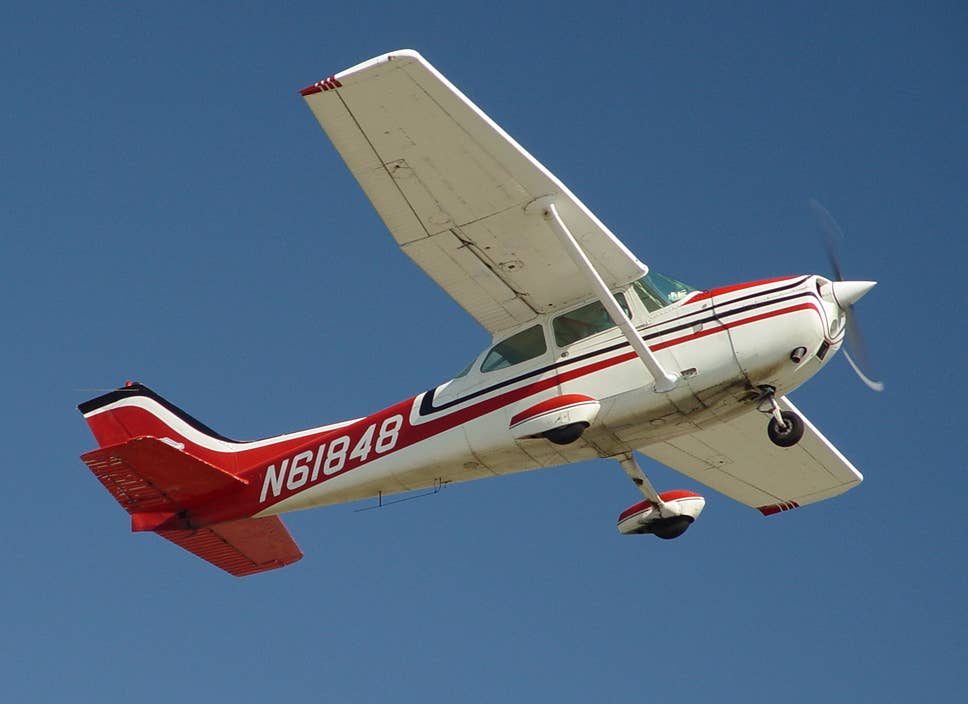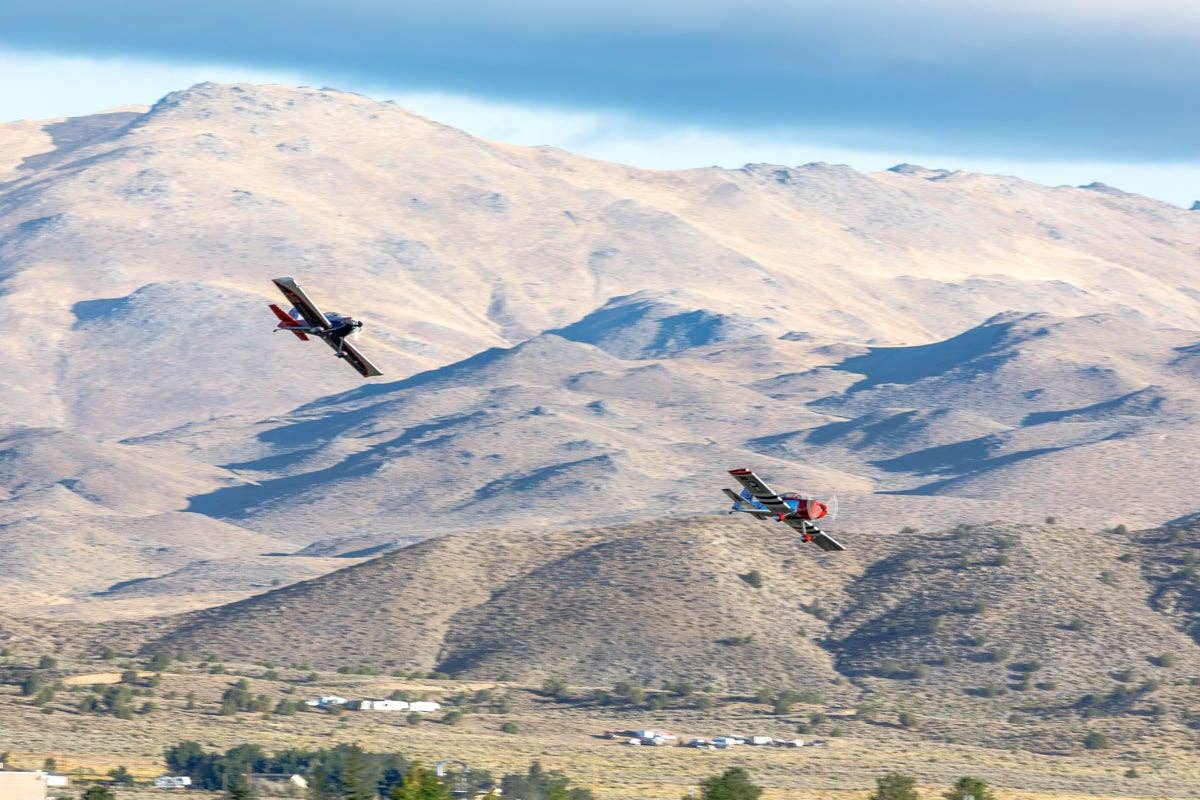
The airman certification standards’ definition of slow flight has become a topic of debate. Wikimedia Commons/P. Alejandro Díaz
The new airman certification standards (ACS) unveiled in June were created to update elements of the private pilot and the instrument rating knowledge exams, both of which were often riddled with outdated or confusing questions that did little to evaluate an applicant’s decision-making or risk-management skills.
Along the way, the ACS morphed into a systematic airmen certification replacement for the private pilot and instrument rating practical test standards (PTS), the guidebook used by designated pilot examiners (DPE) to conduct check rides.
For the most part, the post-implementation discussions surrounding the ACS have been relatively benign, until last week at least, when Doug Stewart, a Master CFI and DPE, as well as a founding member of the Society of Flight Educators (SAFE), started an email chain about what he called a “significant change to the ACS” made by the FAA. Some other examiners shared Stewart’s ire at the agency’s move to change ACS language without a consensus of the working group that spearheaded the nuts-and-bolts work to create the new standards. According to Stewart, the agency, in fact, rewrote the definition of slow flight after the working group had already agreed not to change that same section.
While slow flight might seem a rather innocuous line in the sand, Stewart’s concern focuses on the training new pilots are receiving related to flying at speeds just above stall. "Prior to the ACS, the PTS specified slow flight as 'an airspeed at which any further increase in angle of attack, increase in load factor, or reduction in power would result in an immediate stall,'" Stewart said. "The ACS now specifies slow flight as, an airspeed, approximately 5 - 10 knots above the 1G stall speed, at which the airplane is capable of maintaining controlled flight without activating a stall warning." So far, so good.
The ACS further states that an applicant must "Accomplish coordinated straight-and-level flight, turns, climbs, descents with landing gear and flap configurations specified by the evaluator without activating a stall warning." Stewart believes teaching people to fly using the new definition will lead to “less knowledgeable and skilled pilots who will now face a higher risk of loss of control in flight.” Loss of control is, of course, the single greatest cause of fatal accidents in the U.S.
Stewart told Flying he worries that a pilot attempting to maintain control by airspeed alone will "not recognize the slow airspeed, that visceral thing about flying. Now they're going to be taught to recover every time the stall warning goes off. CFIs have been teaching this … pushing forward on the stick [at any indication of a stall warning horn]. We should be teaching them what the airplane is actually doing." Stewart thinks this is teaching pilots to believe they're flying safely until the stall warning goes off. "It's simply bad training."
In the August edition of DPE Tips, the agency offered the following defense for the change. “The FAA does not advocate disregarding a stall warning while maneuvering an airplane. With the exception of performing a thoroughly briefed full-stall maneuver, a pilot should always perform the stall-recovery procedure when a stall warning is activated.” Questions have arisen about how pilots may soon respond near the runway environment if they’ve been taught a Pavlovian-like reaction to a stall warning horn.
Another examiner critical of the change, Seattle area-based Howard Wolvington, explained in an email shared with Flying, "the ACS cannot be evaluated as written as it does not properly distinguish between the stall — an aerodynamic event, and a stall warning — an artificial warning of the pending event. It is impossible to fly most airplanes at 5-10 knots above the 1G stall speed … without activating a stall warning, since the certification standards for stall warning devices require activation not less than 5 knots above stall speed."
Wolvington thinks the last-minute change evolved from the FAA trying to push stall prevention techniques applicable to Part 121 carriers down to the private pilot level, a reaction to the Colgan 3407 accident in 2009. But Wolvington doesn’t see the ACS as the culprit in this redefinition debate, but rather the FAA’s new philosophy on stalls and stall recoveries.
Doug Stewart asked other CFIs who believe as he does to write a letter to the ACS working group before it meets in Washington on September 13-14, where the slow flight debate is certain to be front and center.

Sign-up for newsletters & special offers!
Get the latest FLYING stories & special offers delivered directly to your inbox






